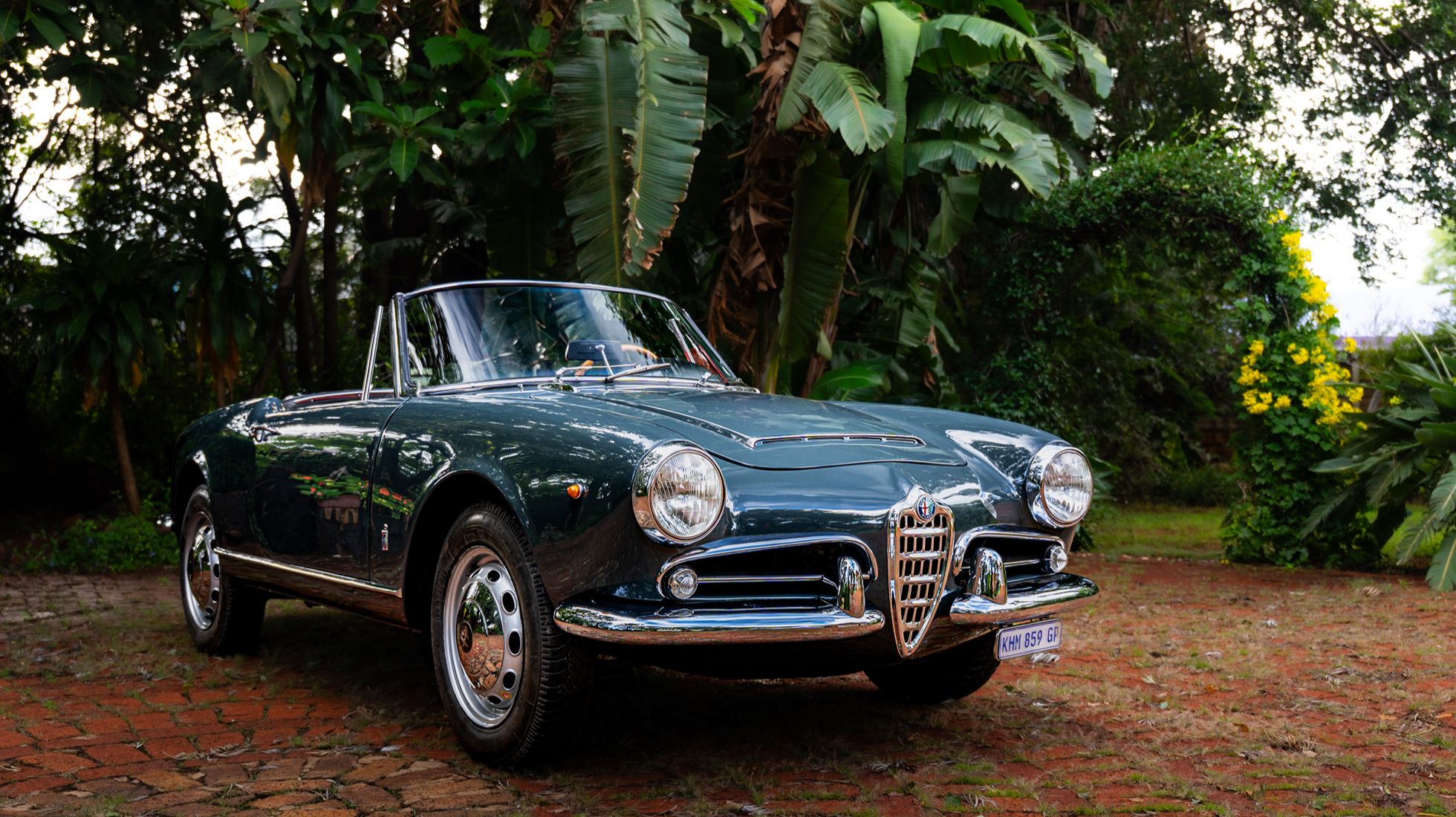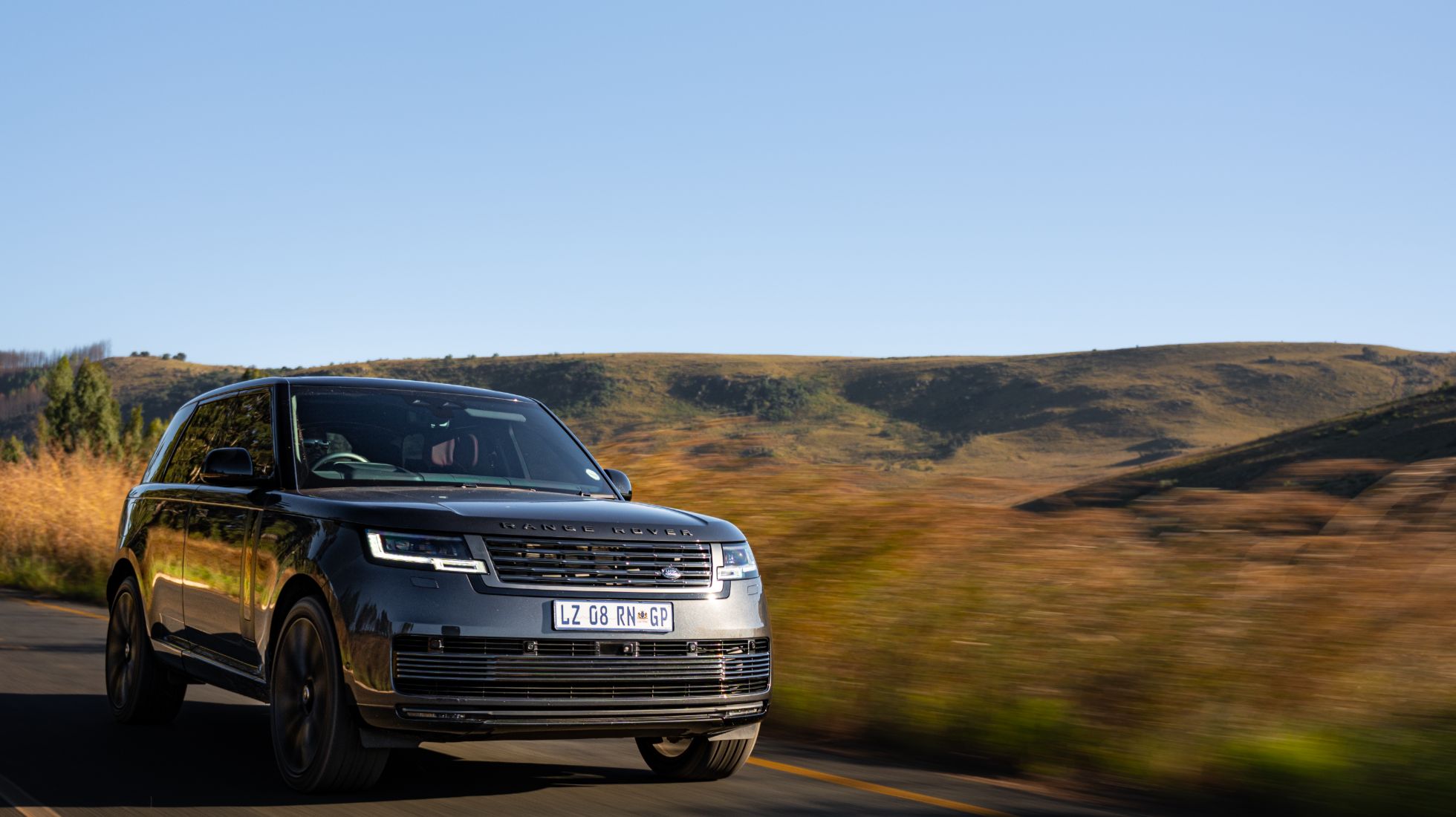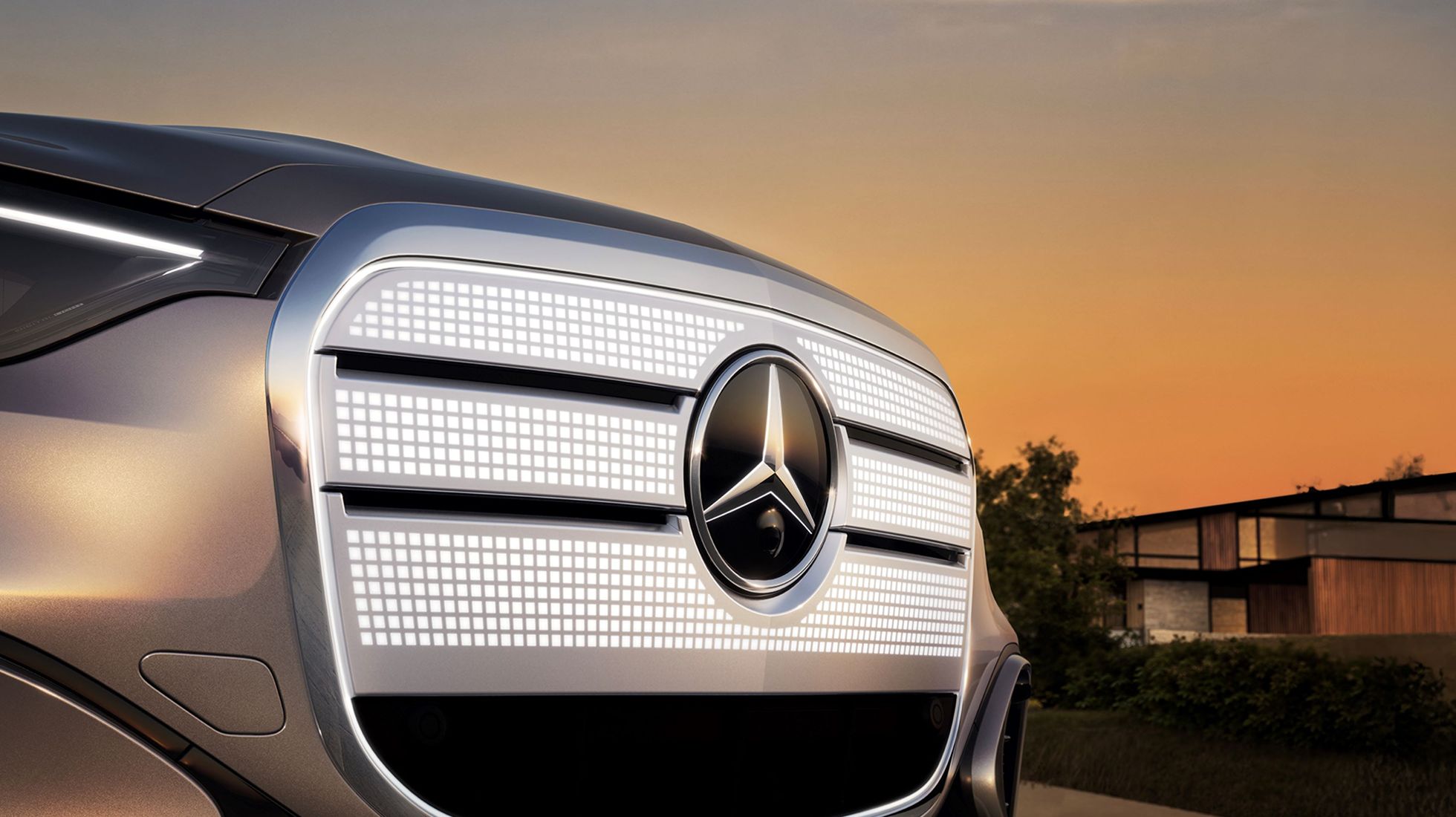Renault Kiger gets a new look
Living a double life as the Nissan Magnite’s sibling under the Nissan–Renault Alliance, the Renault Kiger has carved out a clear identity of its own in South Africa. From the start, it set out to deliver strong value in the budget crossover space, and it’s done a commendable job of proving that point.
Yes, this segment is one of the most competitive in the market, but Renault has played its hand well. The Kiger is priced smartly and packed with a generous list of standard features, and that combination makes it easy to understand why it’s become such a common sight on our roads.
Initially introduced in 2021 as a replacement for the Sandero, the Kiger is now getting its much-needed facelift, which, as far as mistaken identities go – yes, it was often mistaken for a Kwid on stills – is poised to make it look different from its predecessor, and that’s a good thing.
First things first, it looks different, especially when viewed from the front. According to Renault, there are more than 35 enhancements, and from what we can make out from the pictures, it has a stunning new front fascia that consists of split LED headlights and daytime running lights, a new Renault logo, a squared-off stance, and an extended chin that gives it a bold new look.
The back remains largely the same unless you have a sharp eye for the smallest details. For instance, the tail lights have new lighting graphics, while the emblem is also new, as well as the ‘KIGER’ wording on the boot lid. For added appeal, there’s a new Oasis Yellow shade with special mica treatment. It can be complemented by a glossy black grille, metallic grey skid plates, sleek alloy wheels, and a striking dual-tone roof, among other touches.
Inside, there are ventilated front seats wrapped in light leatherette upholstery, rear air vents, a new multi-view HD camera, auto headlights and wipers, and an 8-inch floating touchscreen infotainment system with wireless Android Auto and Apple CarPlay. Renault has also added a 3D Arkamys sound system with 6 speakers, a cooled glove compartment, and multiple USB charging ports.
Under the bonnet resides the familiar 1.0-litre 3-cylinder turbocharged petrol engine, delivering 74kW and 160Nm to the front wheels. Entry-level models, meanwhile, make do with a naturally aspirated 1.0-litre with the same number of cylinders producing 53kW and 96Nm. Local specifications will be confirmed closer to launch, but it’s reasonable to expect the same transmission options as before: a 5-speed manual as standard, with a CVT available on certain models.
The updated Kiger now offers six airbags across the range, forming part of 21 standard safety features. These include ESP, traction control, hill-start assist, 3-point seat belts, Isofix child-seat anchors, and even pedestrian protection. Although the facelifted model hasn’t yet been tested by Global NCAP, the pre-facelift version scored four stars for adult occupant protection and two for child protection. Given that the new Kiger continues to ride on the same CMFA+ platform, we don’t expect those results to change significantly.
Looking at the new Renault Kiger, it’s clear that it has matured, not just in design, but also in the way it positions itself. It now carries a more upmarket presence while offering the features buyers in this segment often look for. The days when entry-level cars meant settling for the bare minimum are long gone, and the Kiger is proof that you don’t have to spend big to get a well-rounded, solid product.



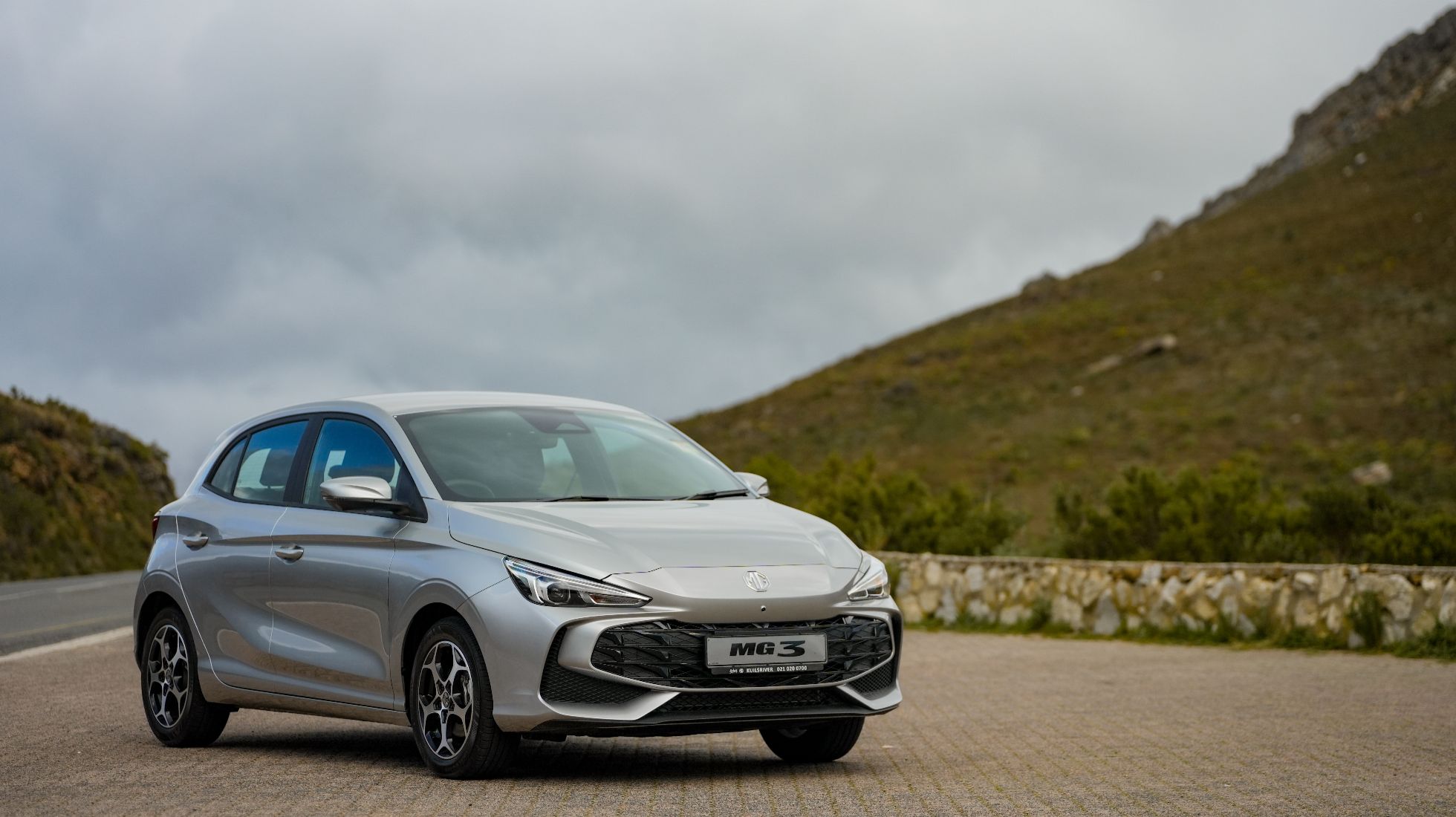
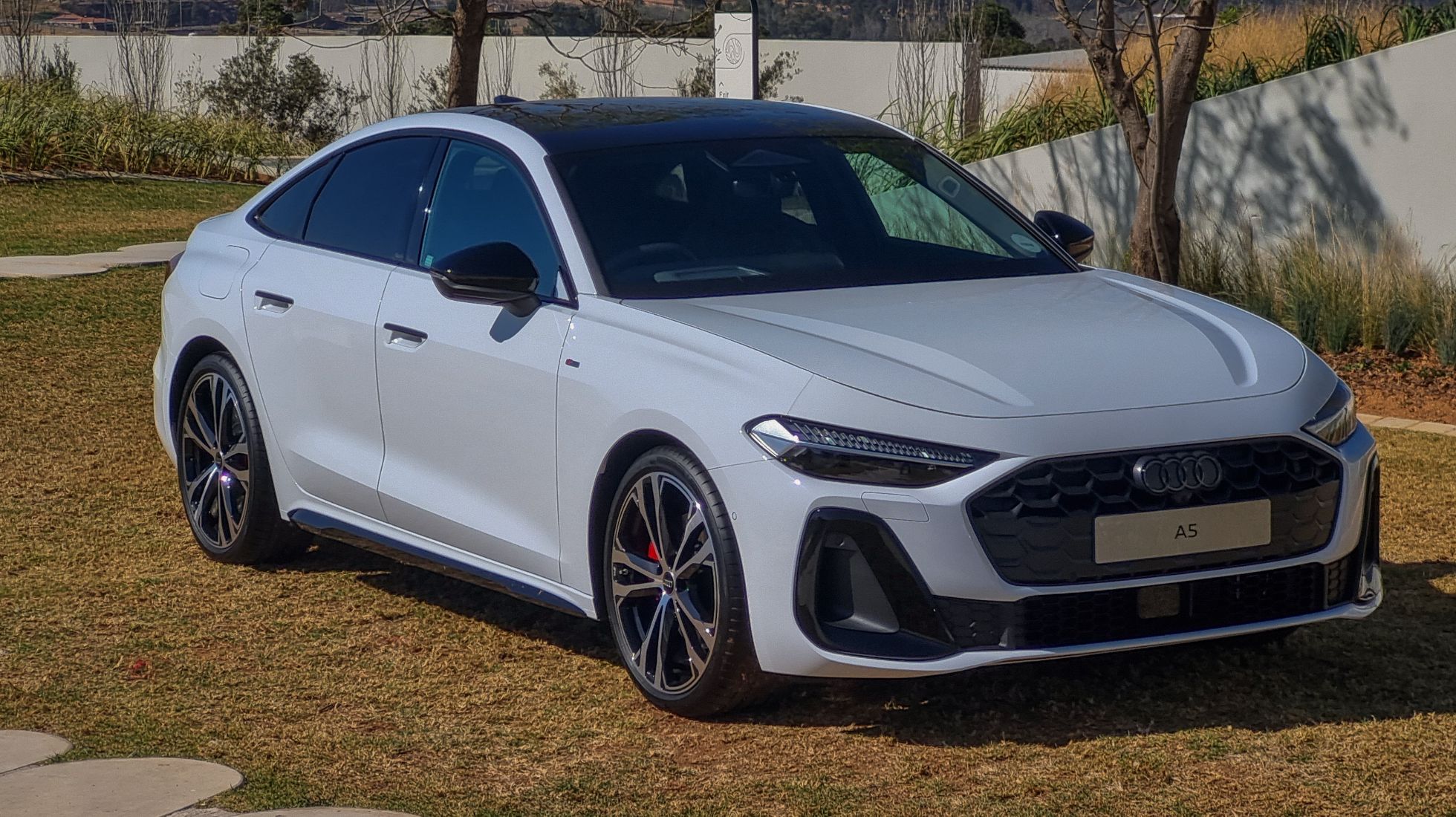
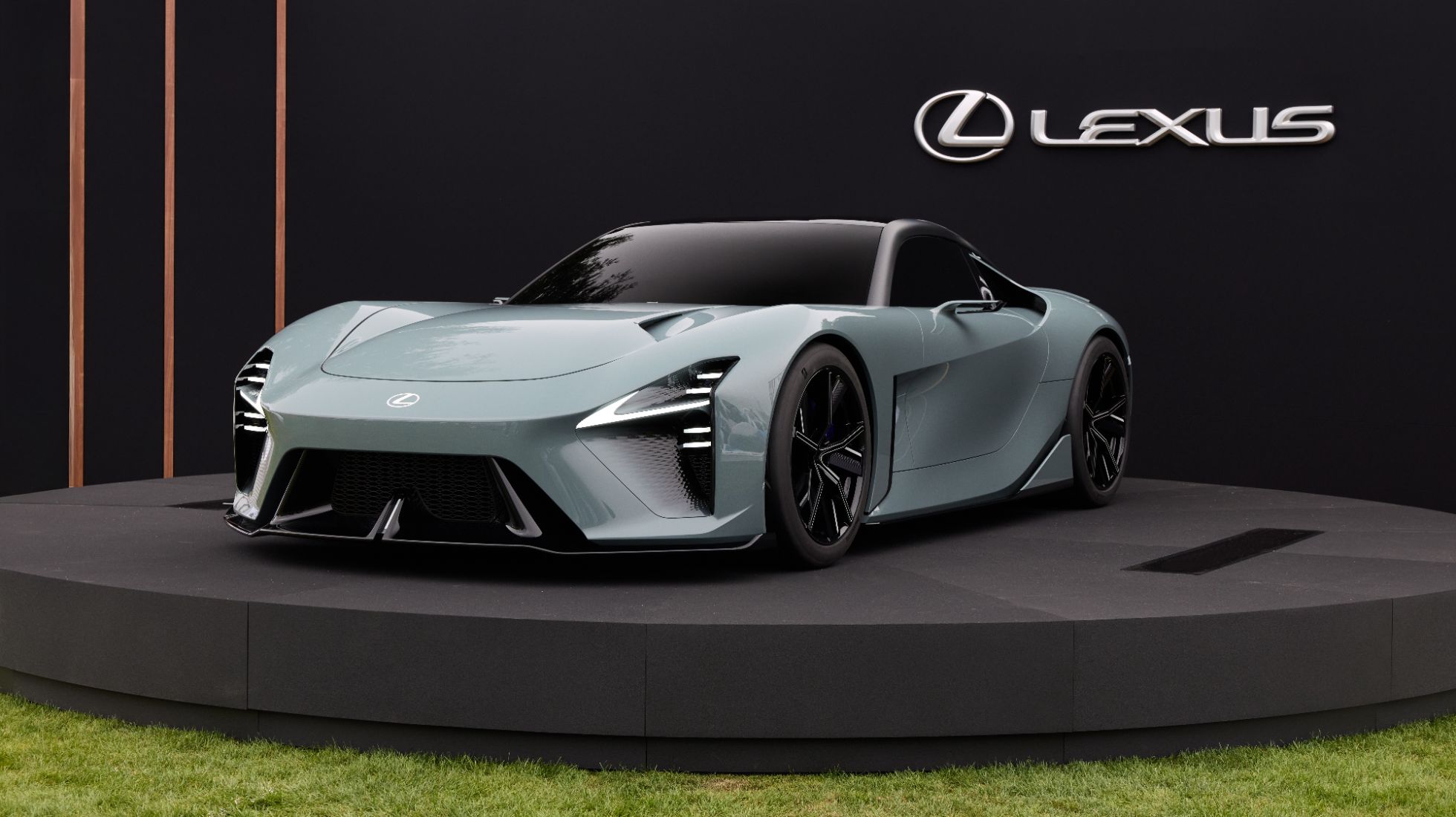
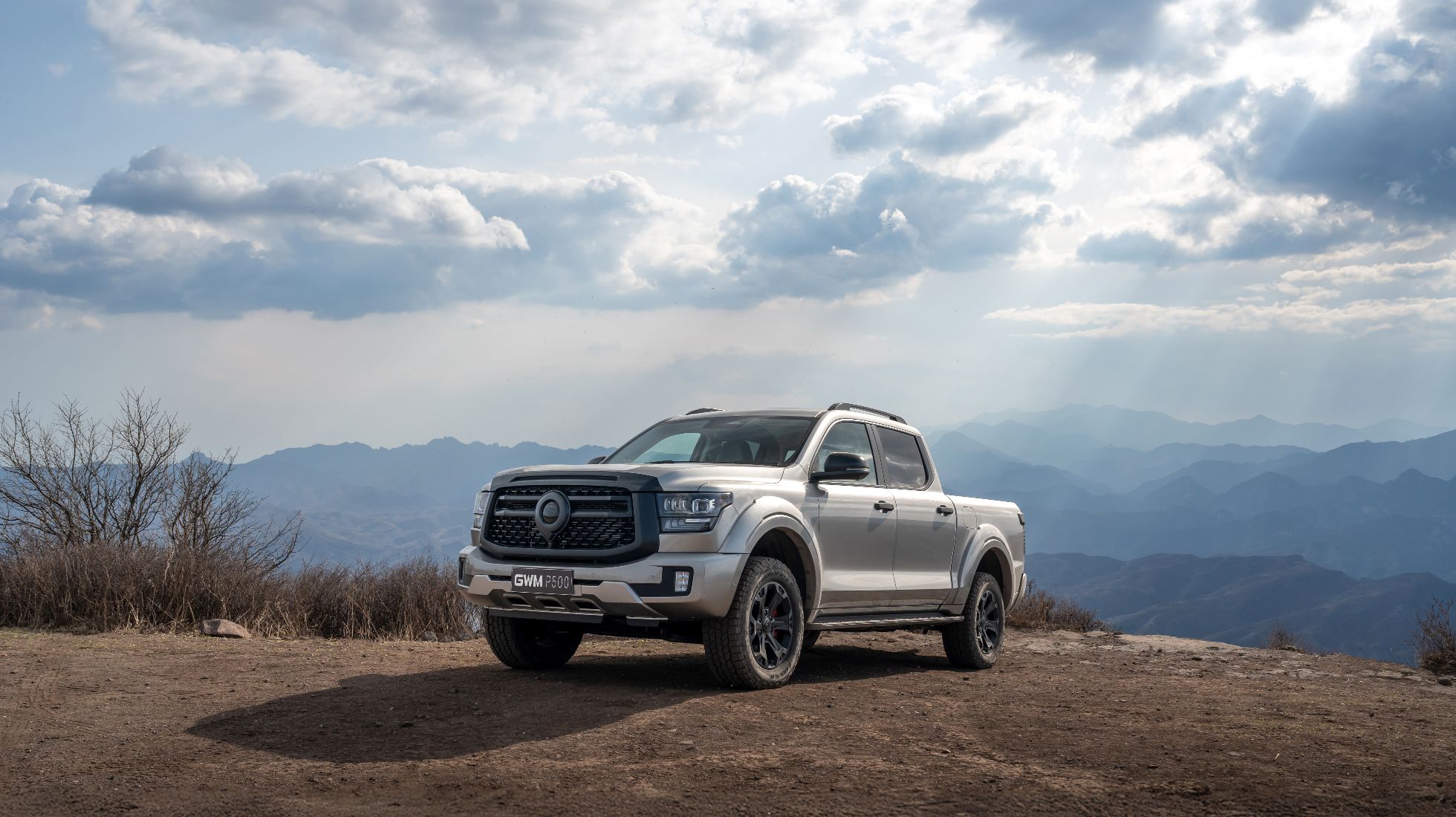
.jpg)




